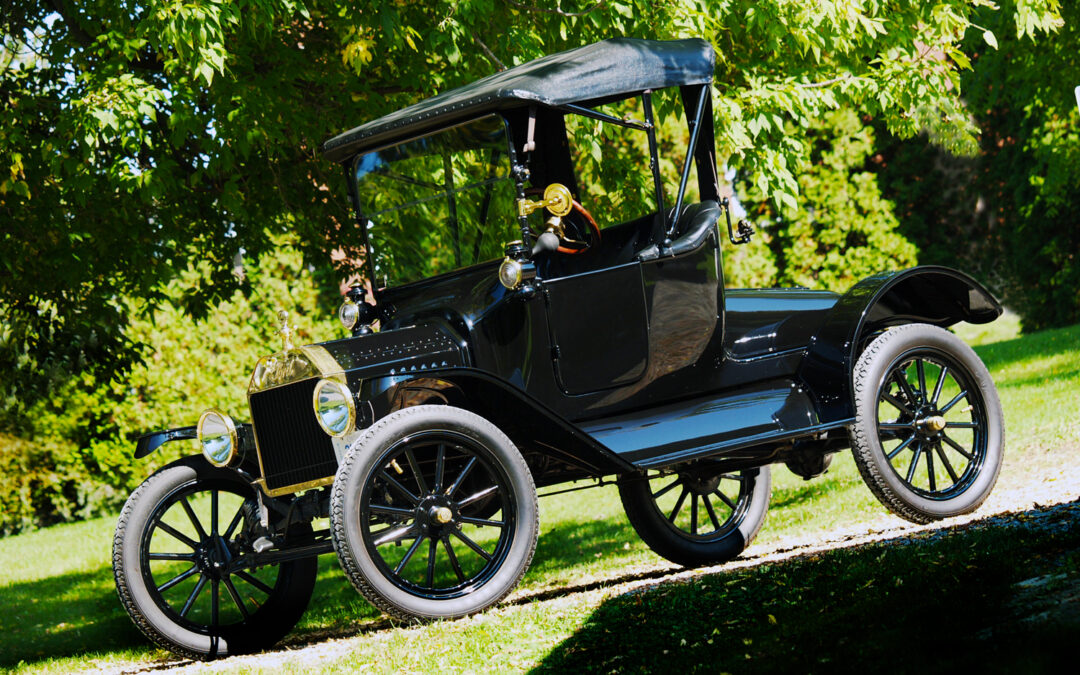“I will build a car for the great multitude.” This was a quote from a man many believe to be an autocrat, but also a remarkable renegade who revolutionized, not just the automotive industry, but the world of manufacturing with the advent of the assembly-line process thanks to his Model T. The man was Henry Ford and, amongst his admirers was an individual, almost 20 years later, followed Ford’s infectious words by commissioning “the people’s car” that became the VW Beetle. That man was Adolf Hitler who adorned a life-size image of Ford on his office wall.
The Model T was a practical car. As Ford illuminated, “You can have the car in any colour as long as it is black.” What is more impressive is his understanding of human behaviour – views that would not be out of place today. He believed that if he had asked people what they wanted, they would have said faster horses. This resonates with people’s immutable and unshakable babble regarding our digital age, where speed and convenience are the only essential needs. Speaking of speed, the Model T moved at a rate of mammal evolution. Still, it was faster than the horse and buggy.
The “Tin Lizzie” as it was affectionately known, was relatively inexpensive (U.S. $850) and durable, fashioned from vanadium alloy steel, offering strength despite its light weight enabling navigation across practically any terrain, including rugged farmland and through snowy blizzards thanks to its generous ground clearance. Best of all, the assembly-line, intentionally constructed to produce more cars at a lower production cost, afforded the average American a sense of autonomy, to escape the shackles of urban life and the ability to expand business beyond the city confines. So successful was the Model T that 15 million units were sold or the equivalent of one car built every 24 seconds.
To keep his employees motivated, Ford initiated the ground-breaking 5-day work week replacing the traditional 6-day work week and was responsible for the unprecedented move elevating labour wages to $5 a week (this could be rescinded if it impeded Ford’s overall profit). Such radical changes brought out-cries of dissention from the business elite, but Ford argued that rested and compensated workers made more efficient and productive employees.
The doors were shaped with a curved line, though the driver’s door did not actually open, but was a simulated door as part of a chassis that resembled the frame of a horse-drawn wagon (with no rear lights). “The brakes are controlled by a foot pedal operating a cable to the front and a hand-operated cable linkage to the rear,” mentions Terry Irish, the owner of a mint-conditioned Model T. As for the driving mechanism, income tax forms have been easier to complete. “The right pedal works as a brake (opposite to how the throttle is on today’s cars). The middle pedal is for reverse and the left pedal shifts the transmission between high and low gears, though there is no distinct click when reaching the next gear. Furthermore, there are no gauges regarding speed or the level of gas or oil. And as far as the water temperature is concerned, that is measured by a transparent valve that is ingeniously incorporated into the hood ornament.
Yes, the gear mechanisms are very complicated, like a chain of commands,” agrees Terry in a circumspect manner as we both enter the car from the passenger’s side. “There are two forward gears. I have to select one by pulling an outside lever and then pressing a foot pedal halfway down before you can permit the car to switch gears.” The car moves forward in a series of gentle jerks sounding like an asthmatic IBM diesel typewriter. “To accelerate, I have to use a lever on the steering wheel to increase the amount of fuel entering the engine,” Terry continues as we pass pedestrians who stop in their tracks and wave to us like we’re a Rose Bowl parade float. We move about the same speed as one. It is actually a pleasant surprise to take in everything at this pace as though everything is trapped in amber. “The original models had no brake lights so I was required to install one in order to be able to drive on the streets.”
Terry bought the car 13 years ago from a collector who had a body of a 1915 Ford runabout, a rescue from the hands of a hot rodder 30 years previously. “I wanted a project that would allow me to enter the Horseless Carriage Club events,” Terry nods as though validating his reasoning. “The rules state that the newest car accepted is 1915 though early 1916 Fords tend to be the exception. All these cars are from the automotive ‘Brass Age.’ The vehicle was restored to its original specifications by me while the final body work and paint was completed by Roy McLellan at his shop.”
After some blood, sweat, more money and cursing, the restoration was completed in 2010. “I drove the car on its restored debut for a distance of one mile. My family and I loaded it into a trailer and headed off to Hubbards, Nova Scotia (near Peggy’s Cove) to our first Horseless Carriage Club event, a week-long Model T tour. During the duration, we drove the car approximately 75 to 100 miles a day!” Terry beams with pride. “Since then, we have driven this vehicle on several week-long tours, such as a week-long Model T tour in Kingston; numerous two-day tours throughout eastern Ontario, but the creme-de-la-creme has been through the ACCCC tour to ‘Yesteryear in Niagara Falls’ and notably at the prestigious ACCCC Concours d’Elegance where Terry won first place consecutively in his class from 2010 to 2013. Though the final Model T went down the assembly line on May 26, 1927, Terry has no intention of stopping and may agree with Henry Ford who said: “Anyone who stops learning is old, whether at twenty or eighty. Anyone who keeps learning stays young. The greatest thing in life is to keep your mind young.” I believe Terry is on the right course.

